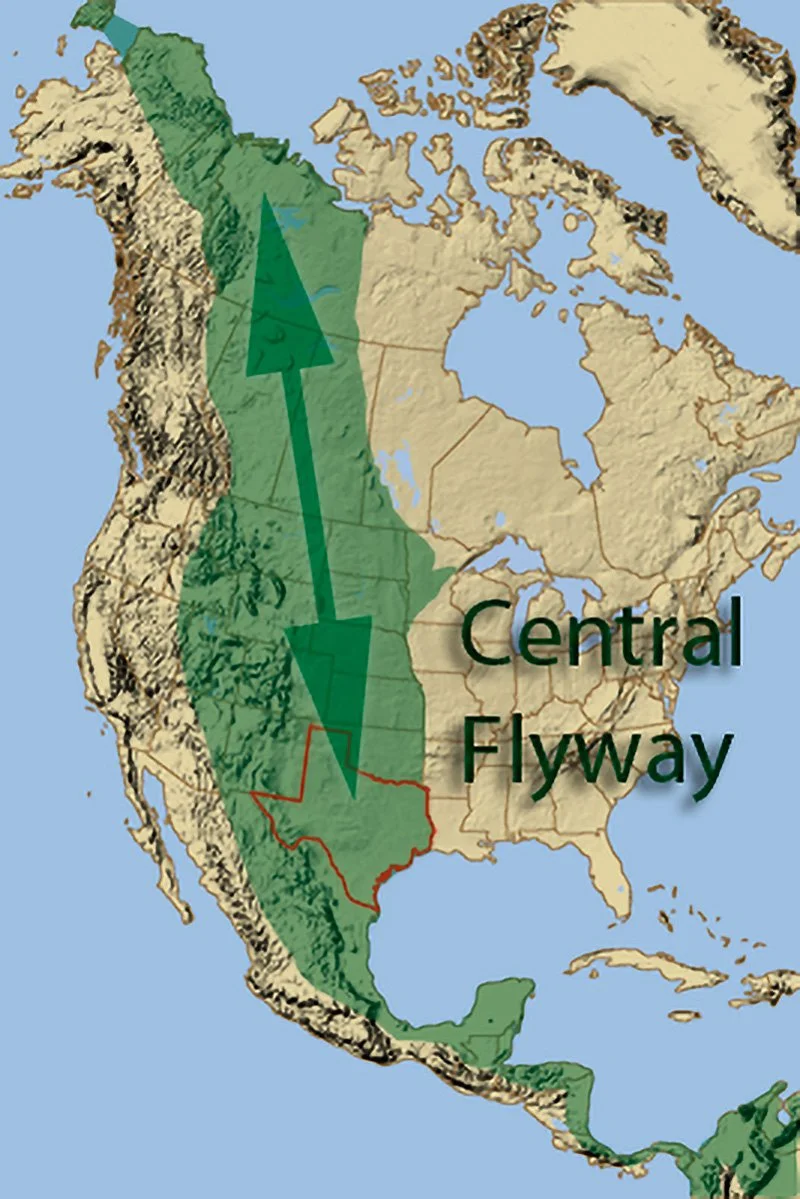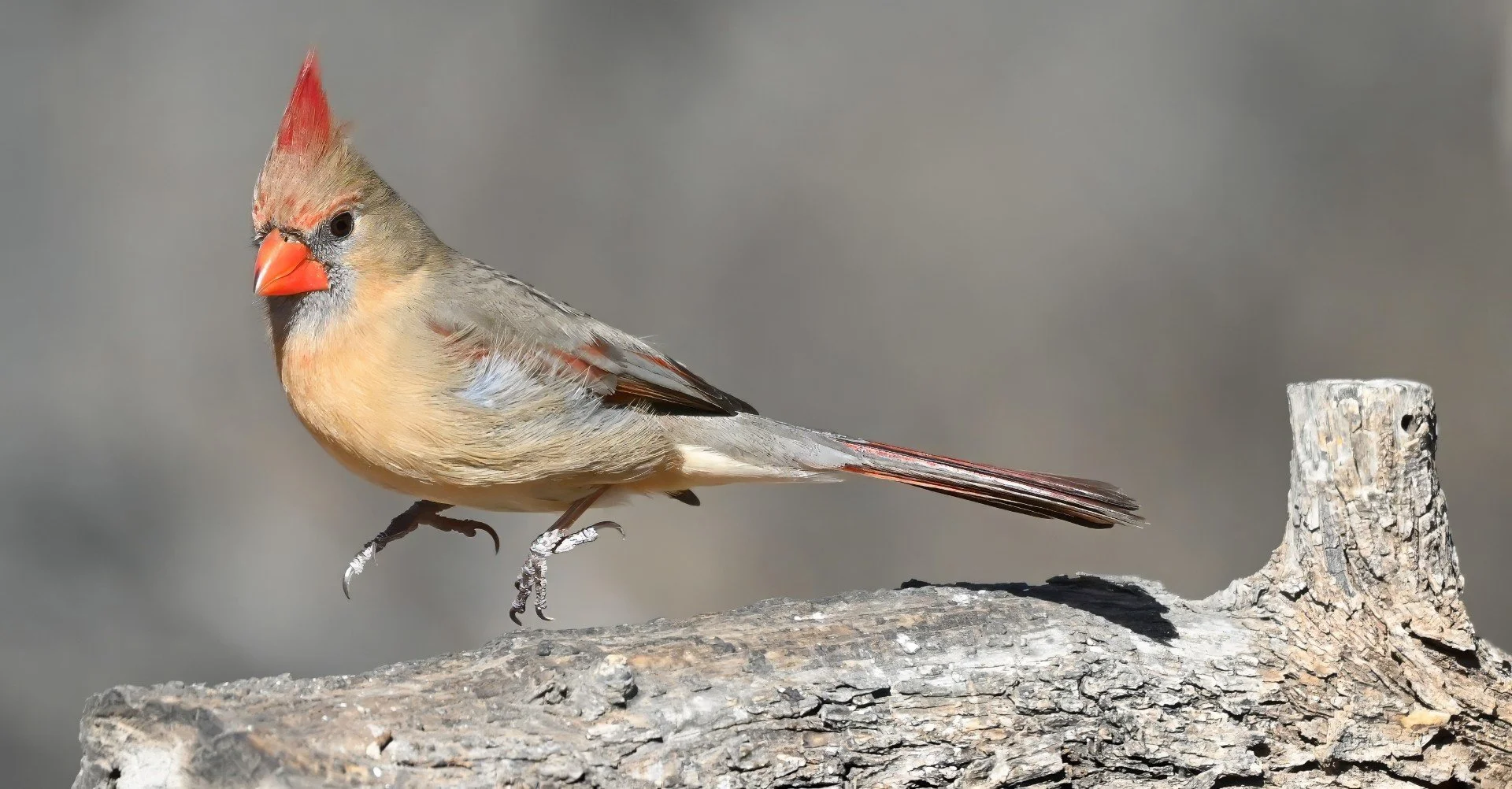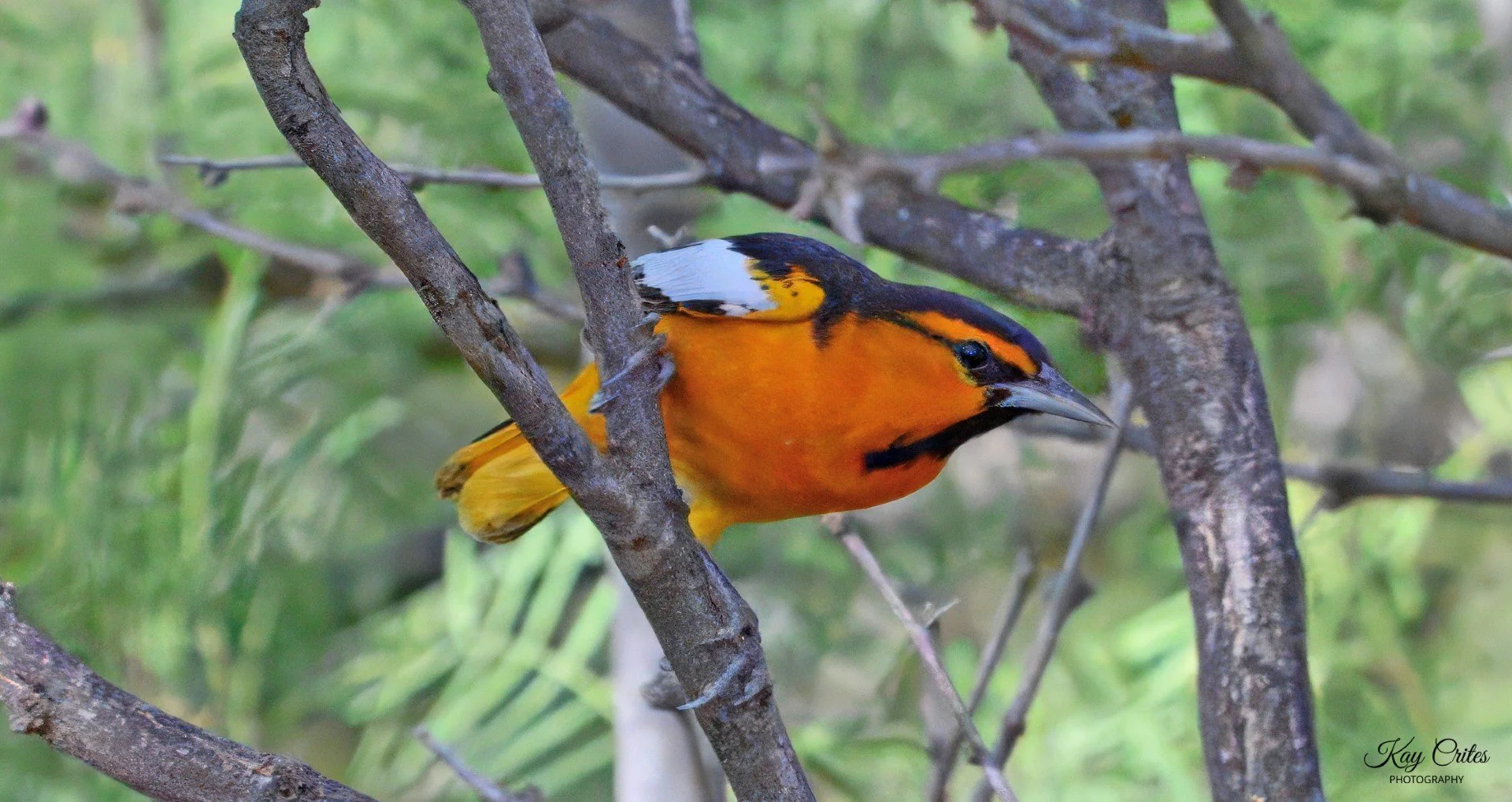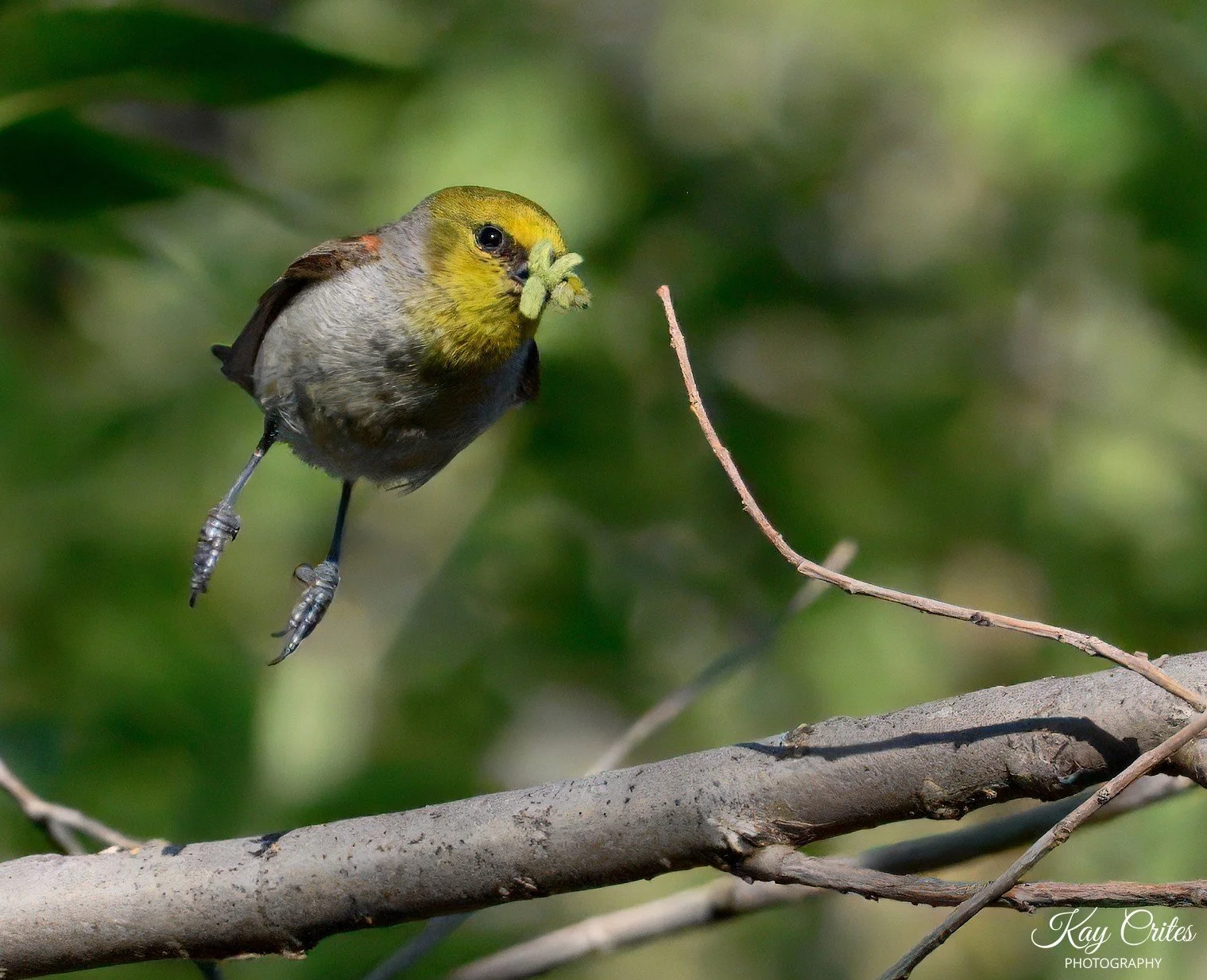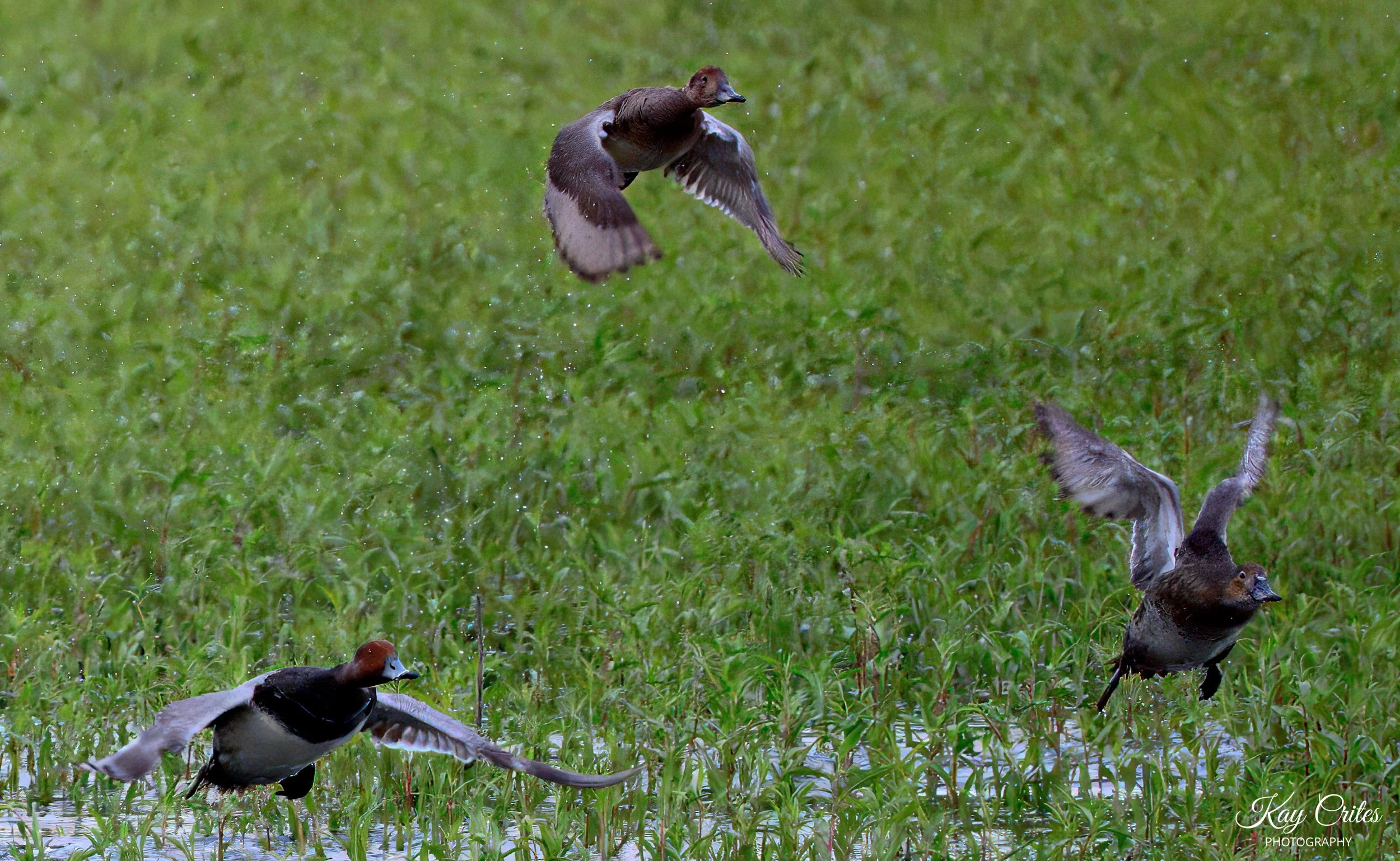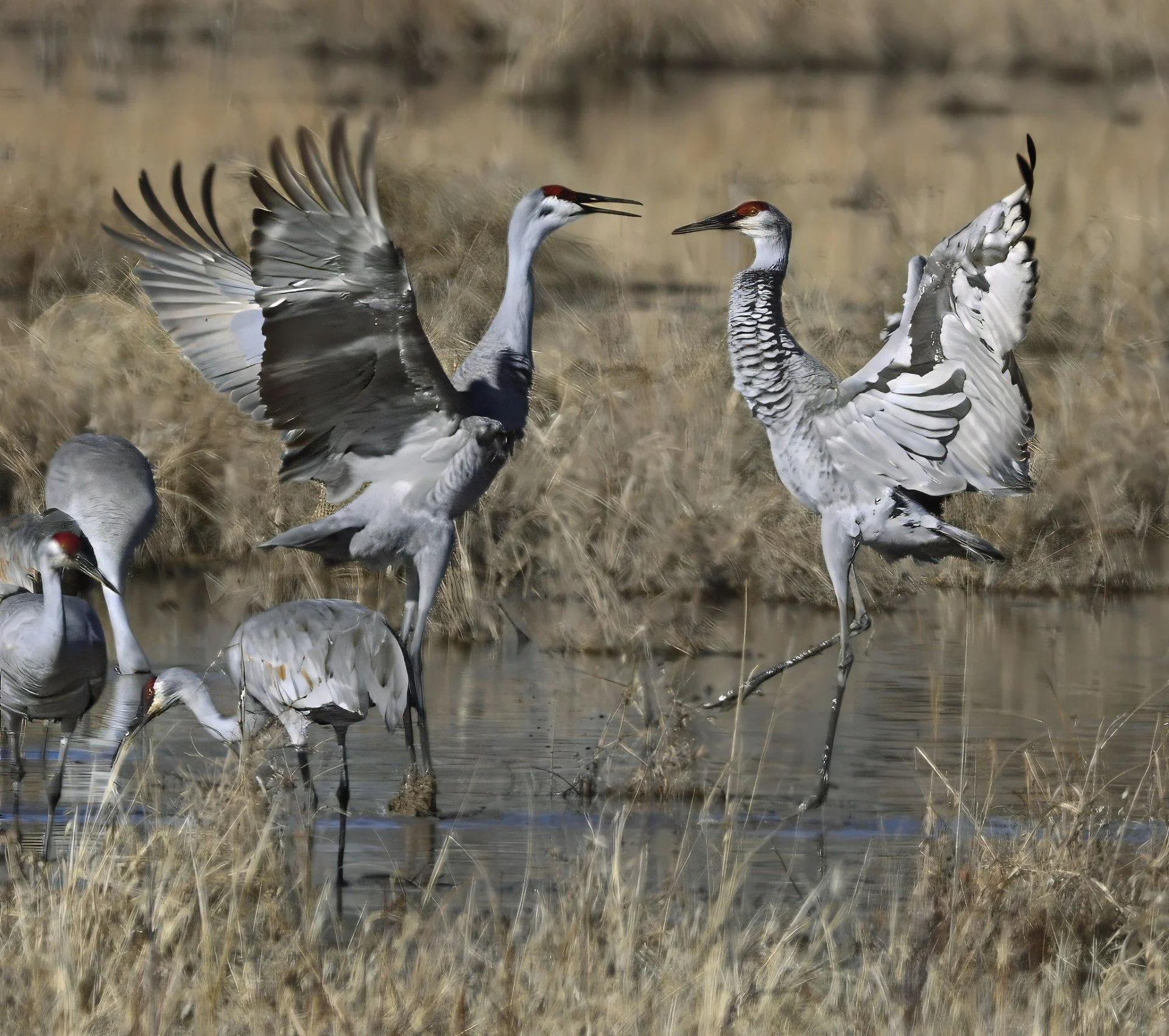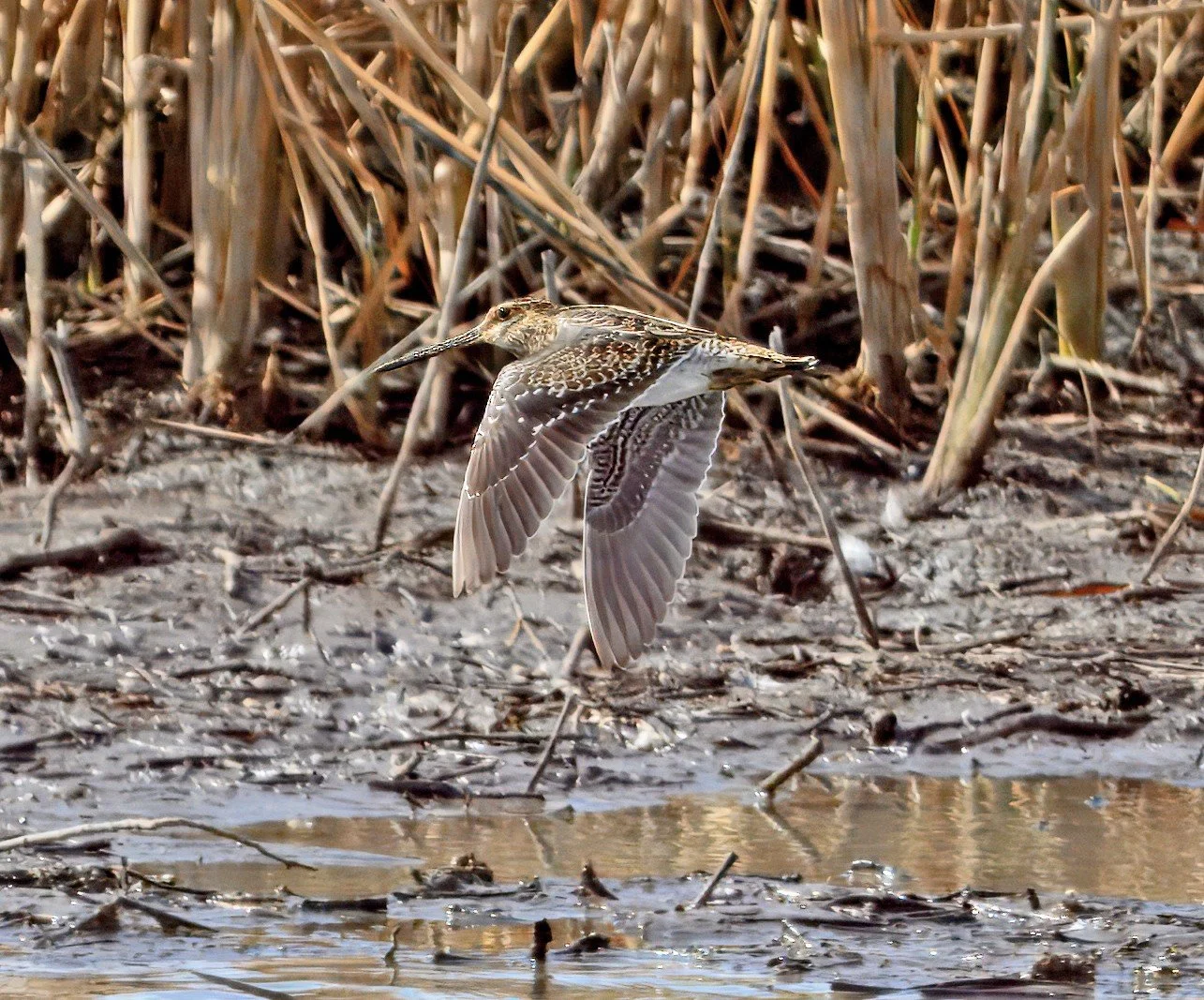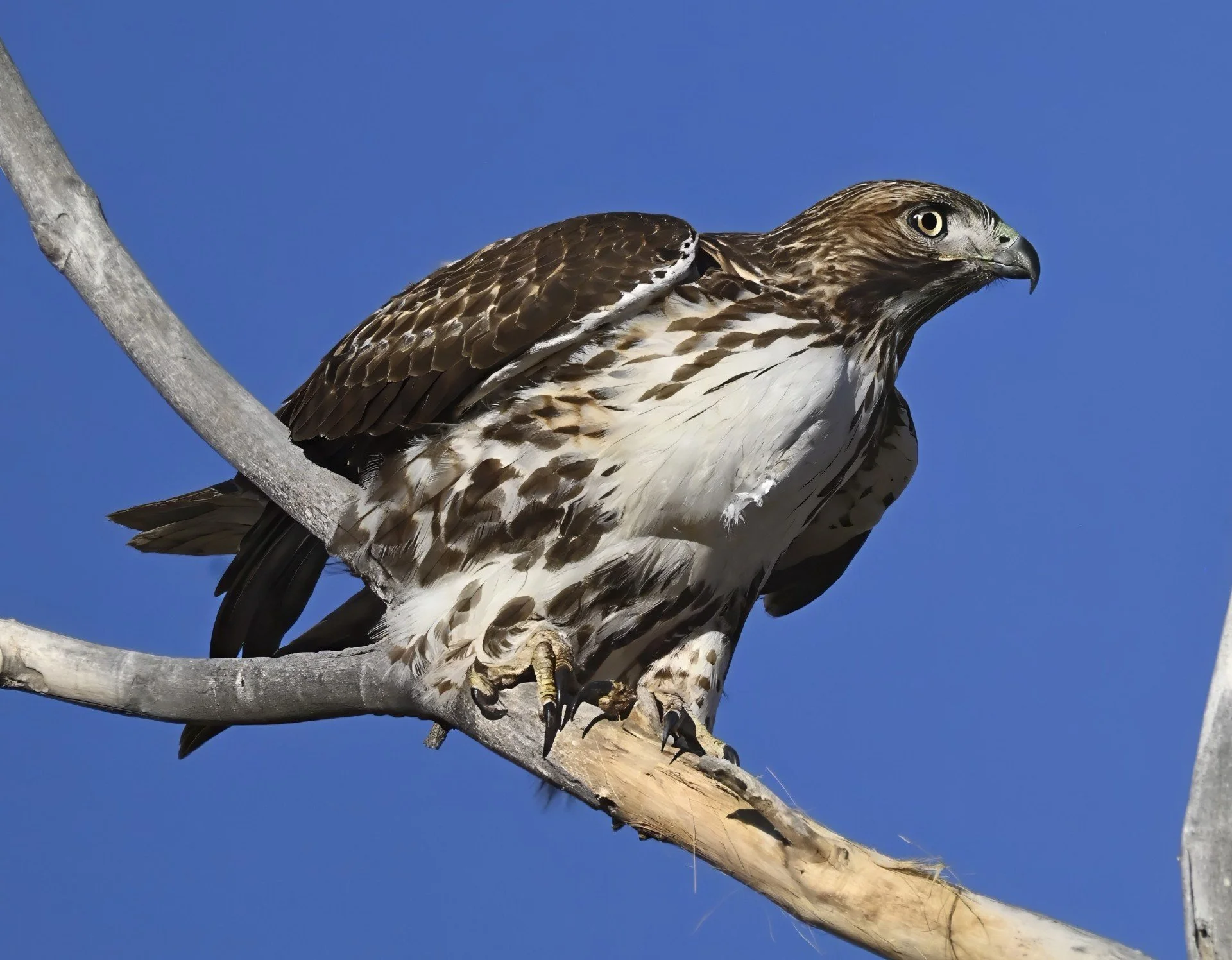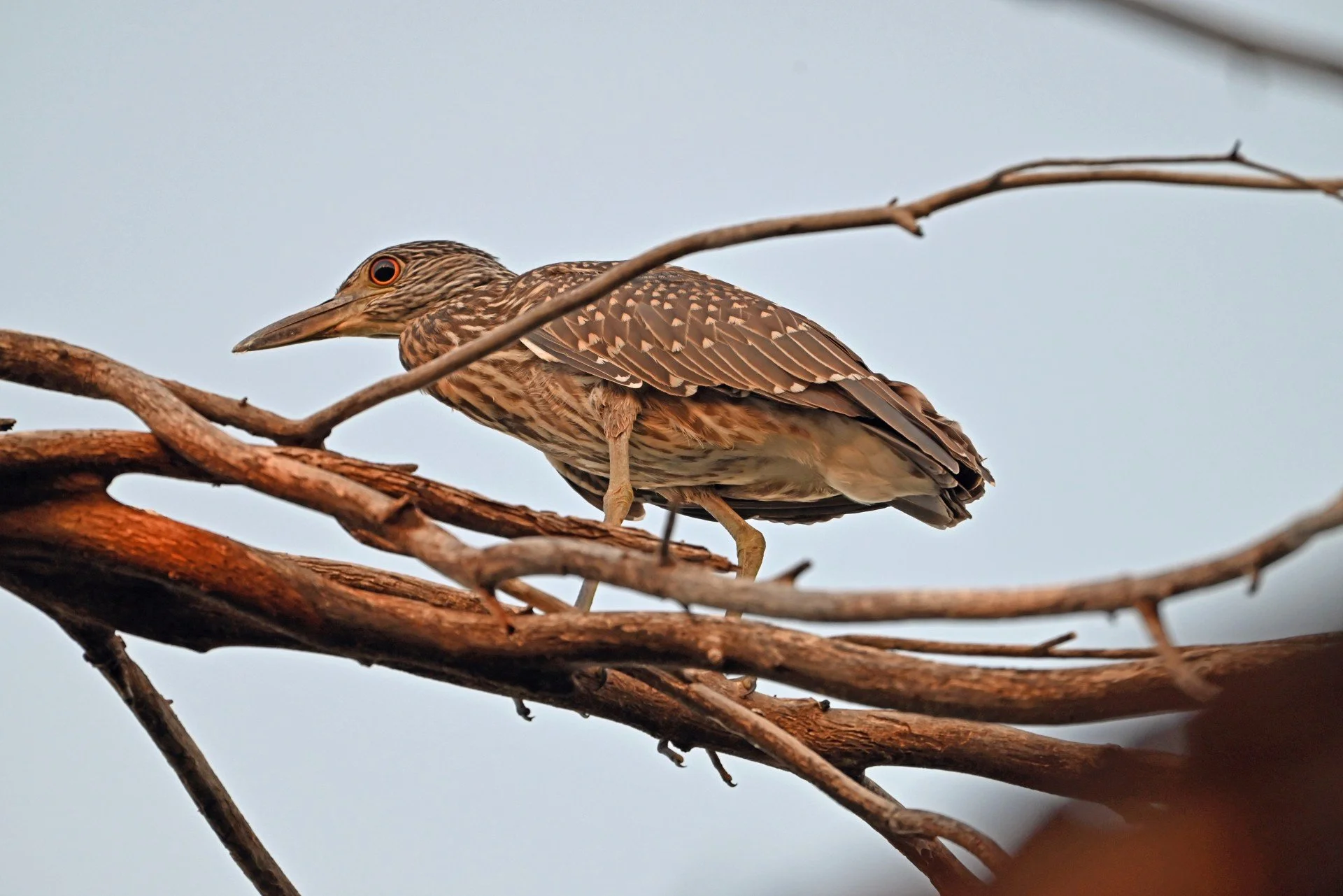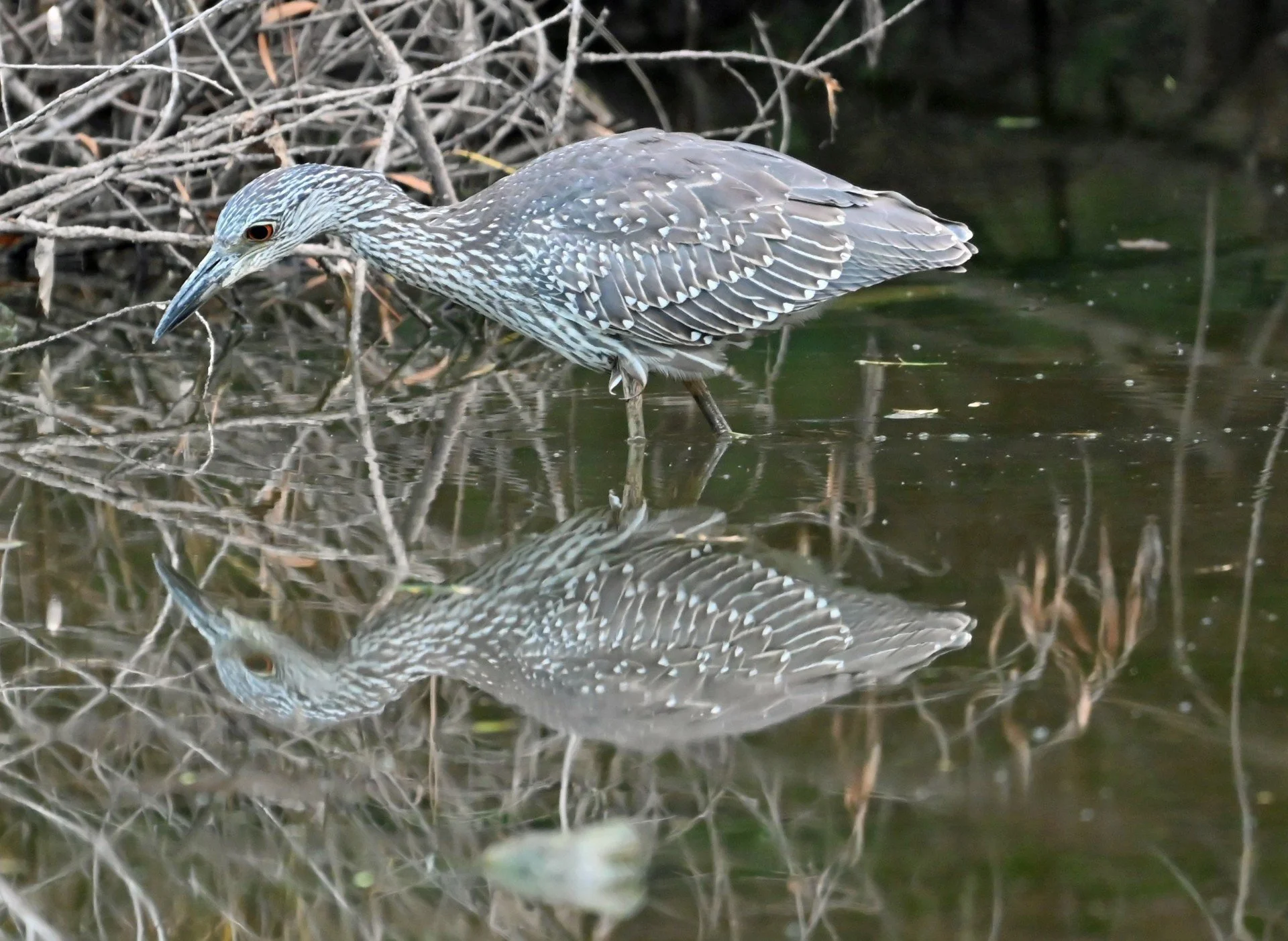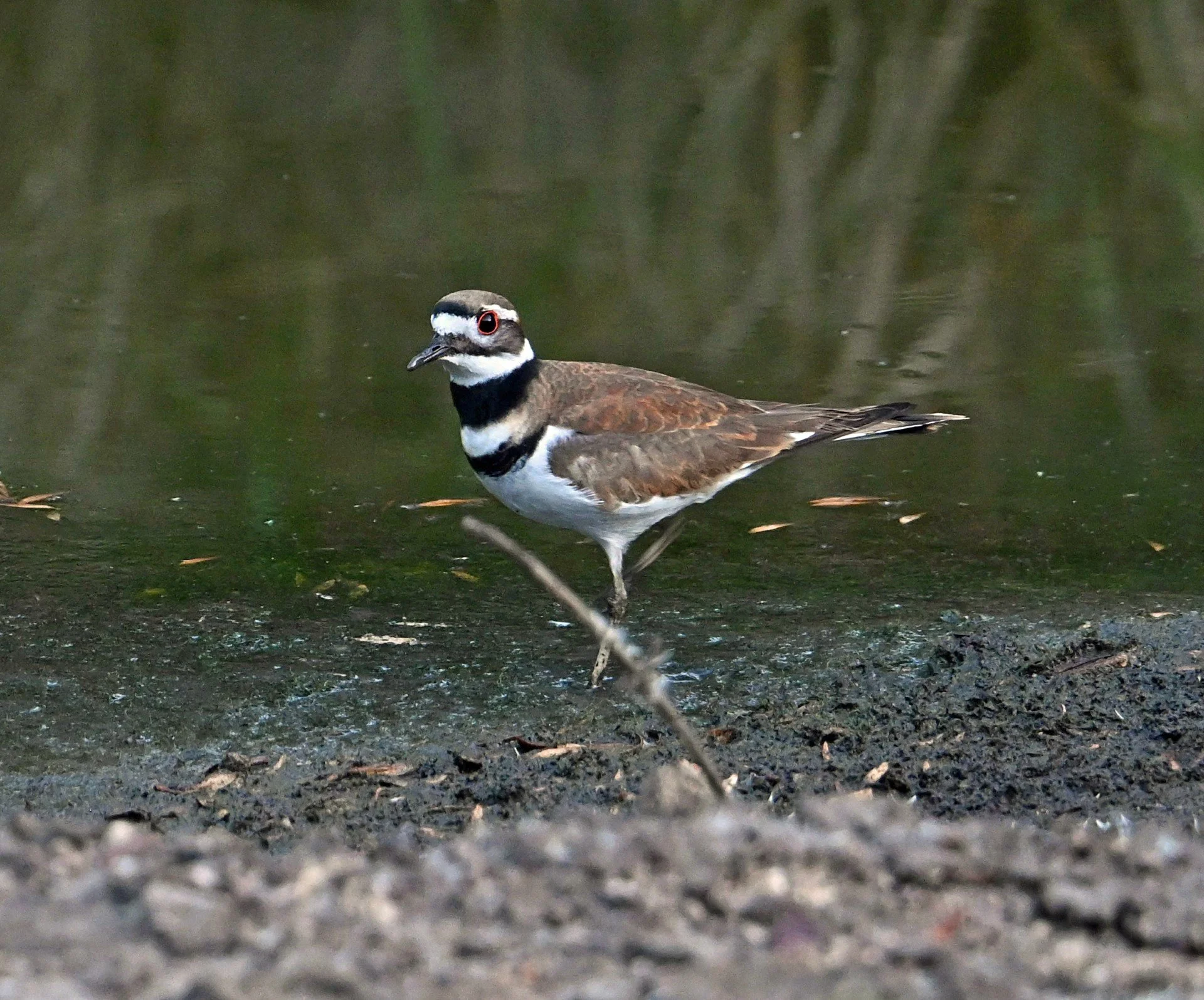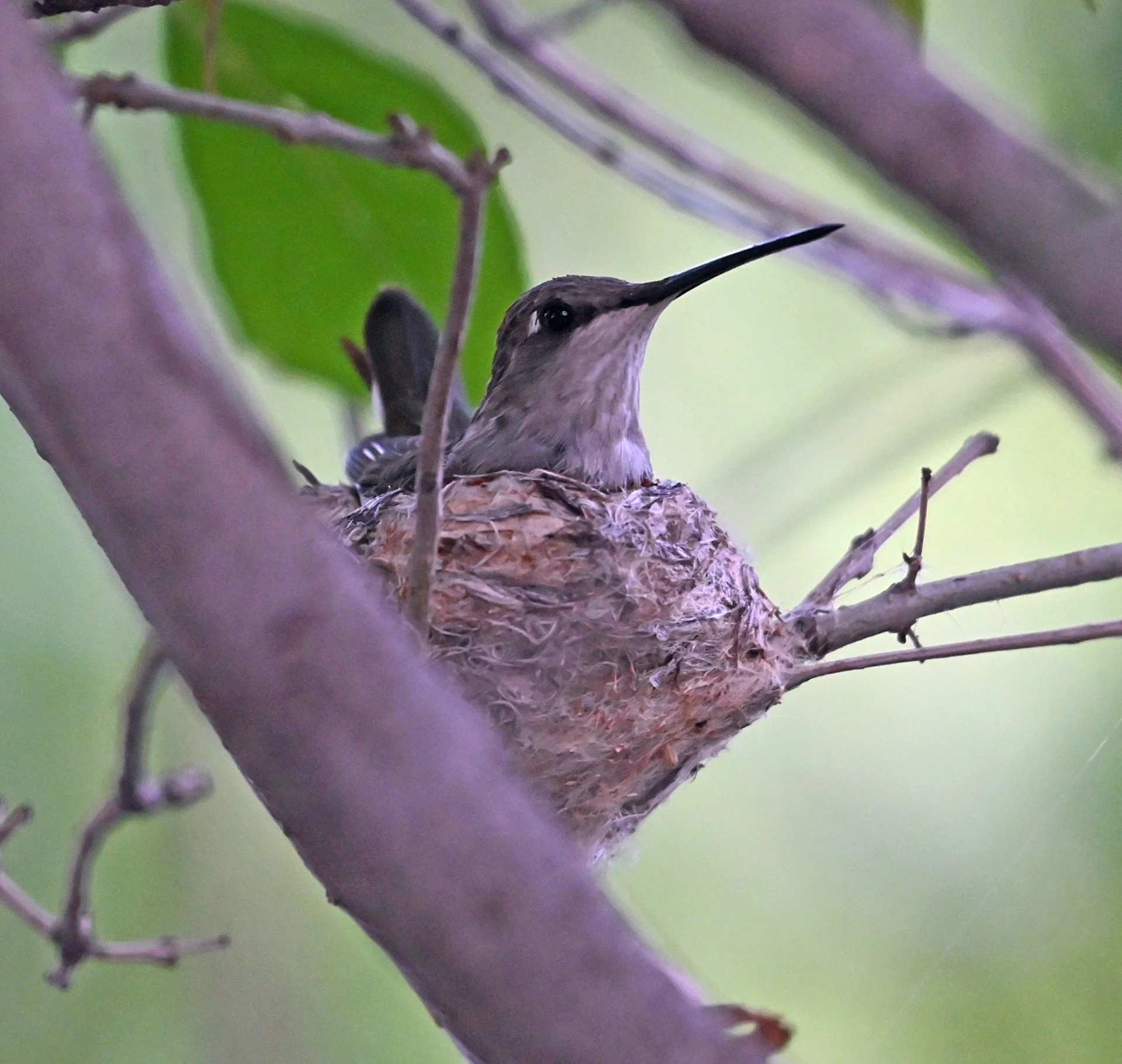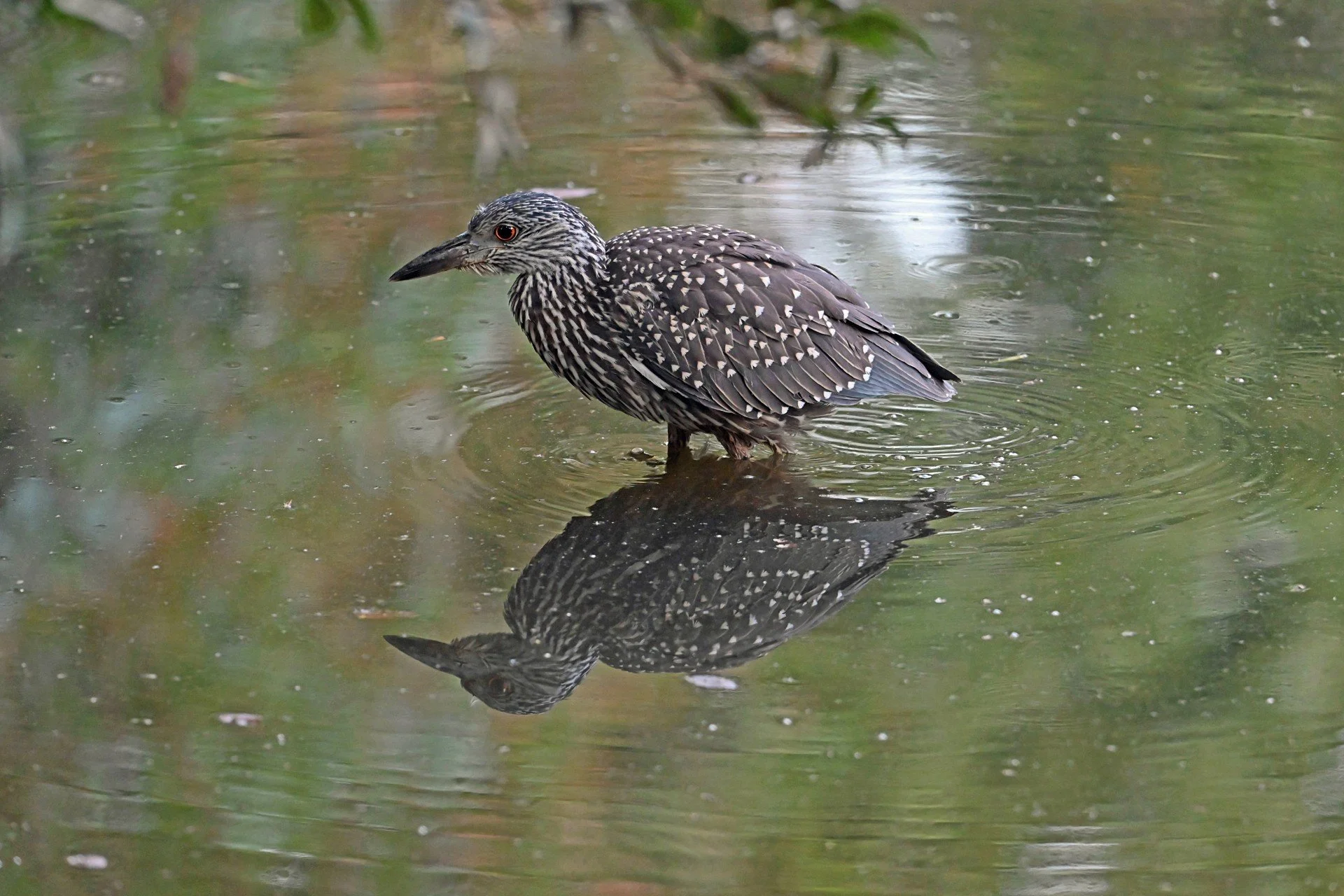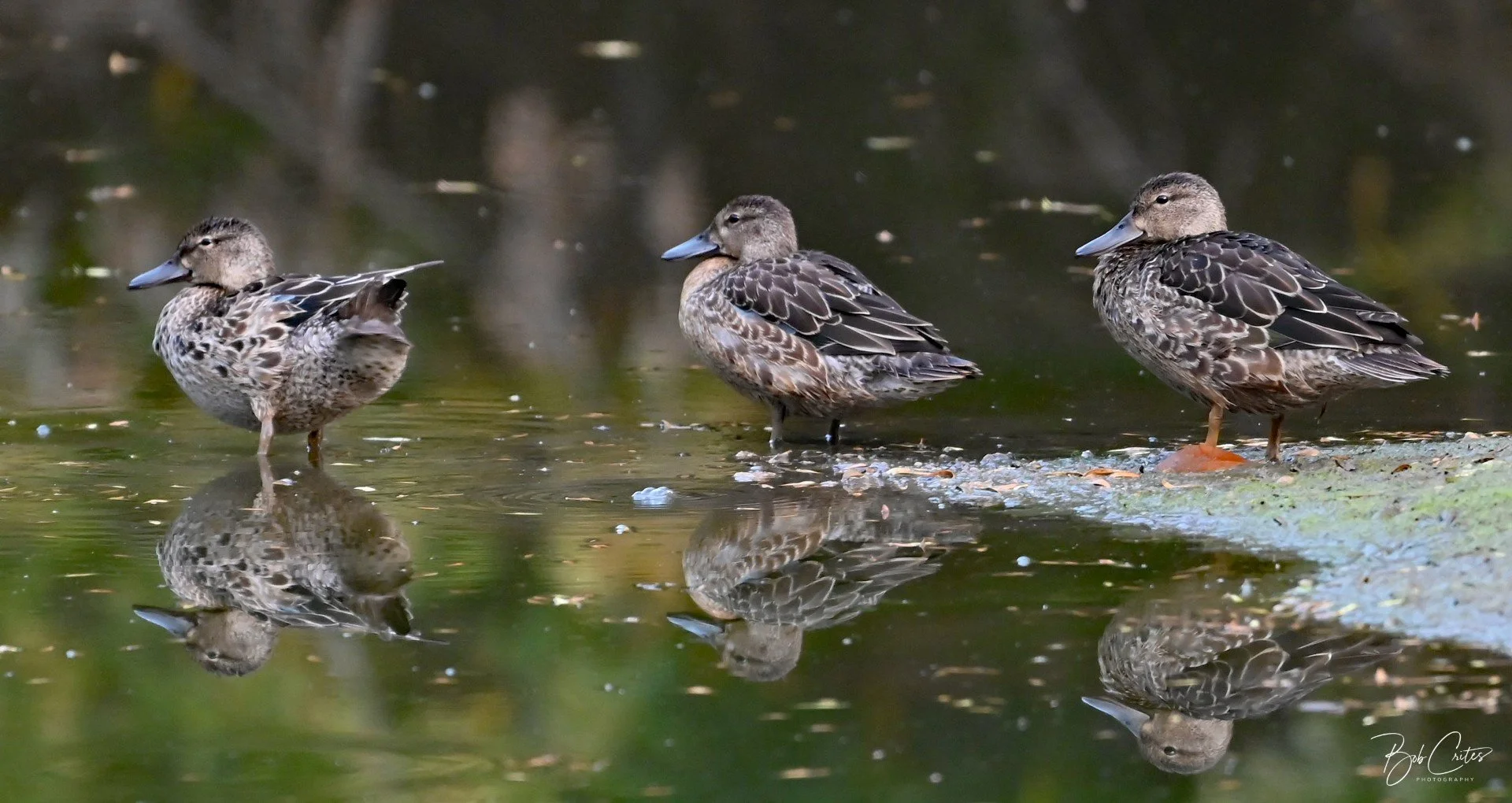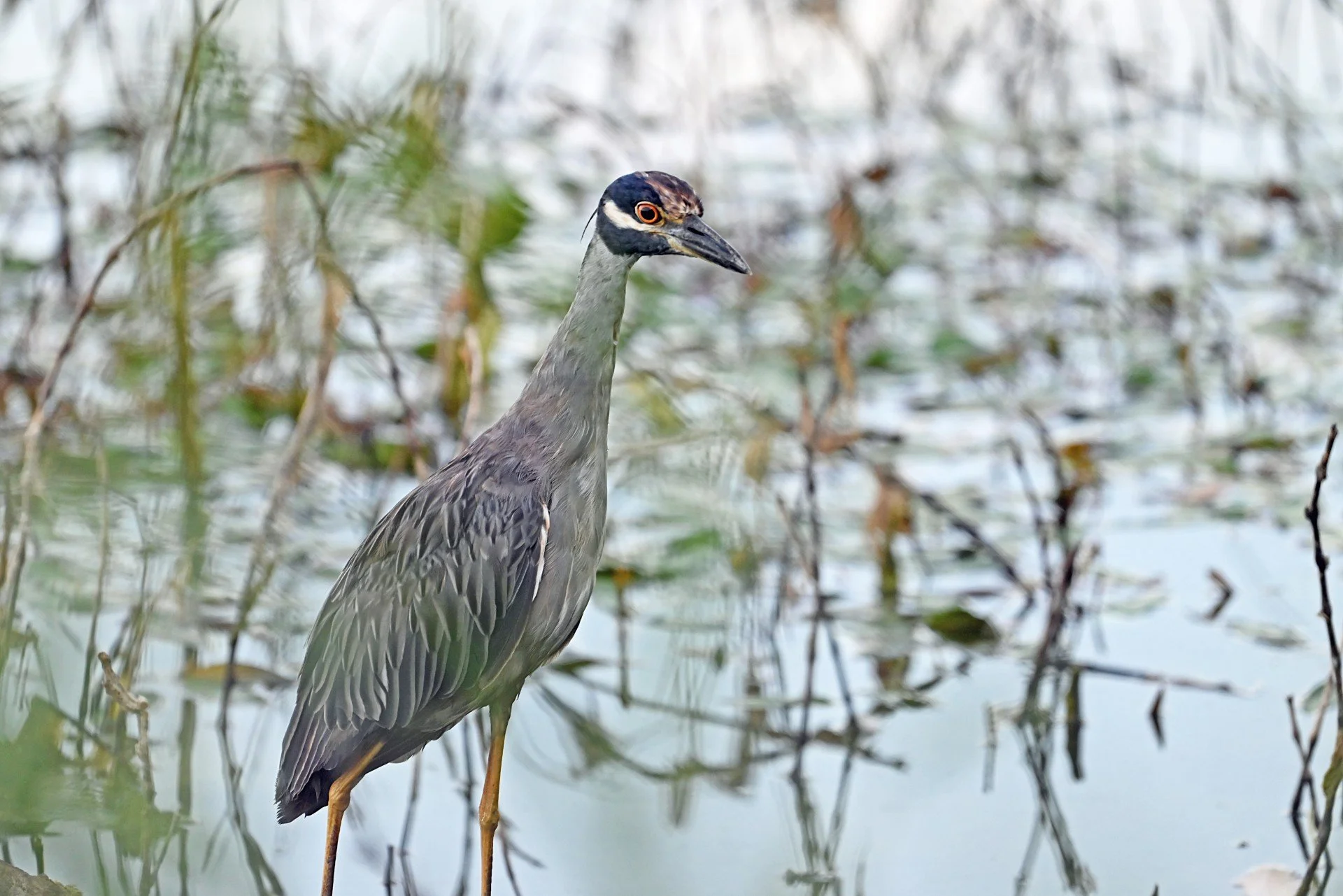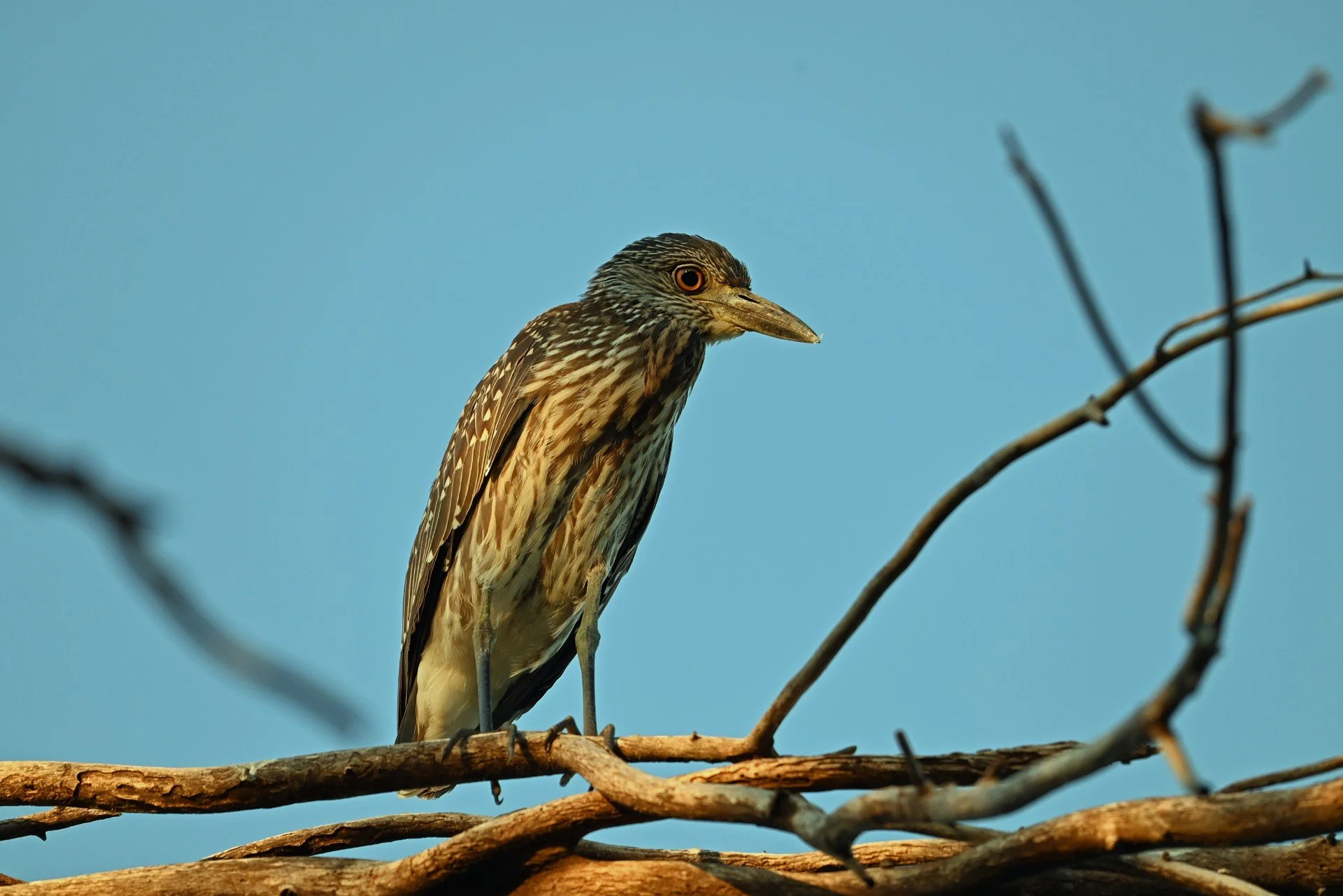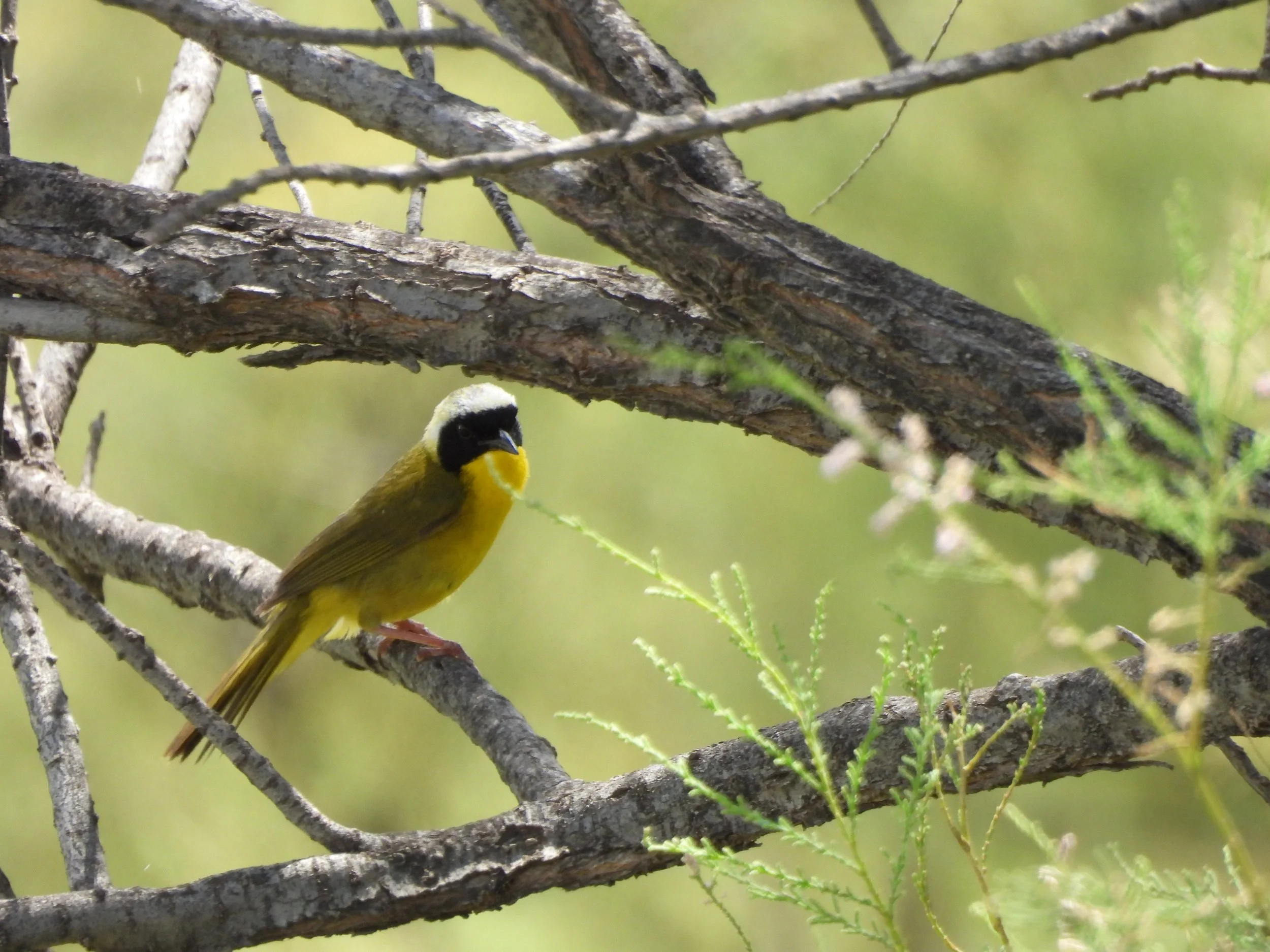
Birdwatching
Watersong is a Wetland Miracle in the Desert
Birdwatching at Watersong is special because it’s a rare intersection of desert and wetland, science and serenity, access and authenticity — a place where people and wildlife thrive together. Watersong’s playa lake is a rare ecological feature in the Permian Basin — a seasonal wetland that attracts hundreds of resident and migratory bird species. Surrounded by arid desert, this water source becomes an essential stopover on the Central Flyway, one of North America’s great migratory routes.
A Longstanding, Living Classroom for Birders
From its earliest days in the formation of what Watersong is today, birding played a key role in establishing this unique place in our community. Starting in the late 1960s, a cadre of birding enthusiasts who referred to themselves as “Mid-Nats,” which was short for Midland Naturalists, gained permission to bird at this site. This group developed a rudimentary trail around the playa and began regular birdwatching that generated early bird lists. The “Mid-Nats” still have a presence today at Watersong; they gather to bird on the first Saturday of the month. Thanks to their work in establishing bird lists and sightings, birders from all over the United States and international visitors stop by at this window to Big Bend and Far West Texas to experience the birds at Watersong.
What makes the birding so exceptional at Watersong is that within walking distance, you can experience wetlands, grasslands, and riparian woodland. This diversity supports a stunning variety of species — from herons, egrets, and ducks to hawks, owls, and colorful songbirds. Each season offers a different spectacle, from spring migrations to winter roosts.
Unlike many remote preserves, Watersong sits just minutes from downtown Midland — yet it feels worlds away. A loop trail, boardwalks, bird blinds, and observation decks provide accessible vantage points for both novice birders and serious photographers.
Watersong is more than a scenic spot — it’s a living laboratory. Local students, community scientists, and volunteers help monitor bird populations and habitat health, connecting conservation to community science and education.
Tips for Birdwatching at Watersong
Bring binoculars or a camera with a zoom lens.
Walk quietly — sudden movement can spook nearby birds.
Use the observation decks, bird blinds, and boardwalks for the best views.
Identify and log your sightings on eBird to help track local populations.
Many birders use eBird’s sister app called Merlin to identify birds.
Birds You Might See at Watersong
Waterfowl & Waders
Great Blue Heron
Snowy Egret
American Avocet
Black-necked Stilt
Blue-winged Teal
Northern Shoveler
Ruddy Duck
Songbirds & Woodland Visitors
Northern Cardinal
Carolina Wren
Yellow-rumped Warbler
Ruby-crowned Kinglet
House Finch
Baltimore Oriole
Painted Bunting
Grassland & Prairie Birds
Scissor-tailed Flycatcher
Western Meadowlark
Lark Sparrow
Loggerhead Shrike
Eastern Phoebe
Raptors & Owls
Red-tailed Hawk
Cooper’s Hawk
Great Horned Owl
American Kestrel
Burrowing Owl (seasonal)

